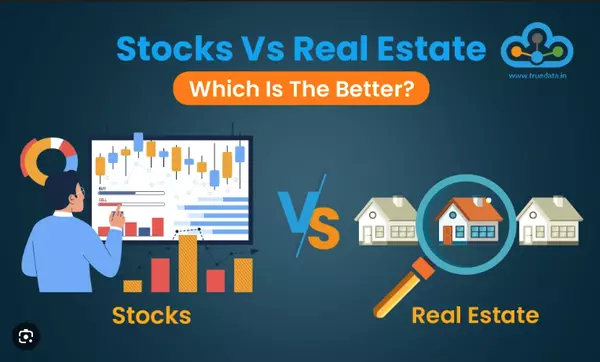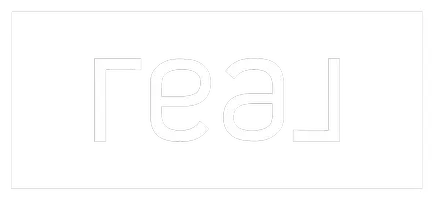How Much Home Can You Really Afford
How Much Home Can You Really Afford
Introduction: The Home Affordability Puzzle
Buying a home is one of the biggest financial decisions you will ever make. But the question is not simply “Can I get approved for a mortgage?” It is “How much home can I comfortably afford without sacrificing my financial stability and lifestyle?”
Affordability goes beyond what the bank says. It is about protecting your future self from financial stress while still building wealth and enjoying life today.
Why Affordability Is Not Just About Price
Purchase Price vs. True Cost of Ownership
The sticker price of a house does not reflect the full financial picture. A $400,000 home might look manageable until you add in property taxes, insurance, and ongoing maintenance. These extras can easily tack on hundreds or even thousands per month.
The Role of Lifestyle Choices
Home affordability is not just math. If you love to travel, eat out often, or plan to start a family soon, those lifestyle costs matter. A house that stretches you too thin leaves no room for living.
Core Factors That Determine Affordability
Income and Debt-to-Income Ratio
Lenders typically look at your debt-to-income (DTI) ratio, which is how much of your monthly income goes toward debts. A lower DTI means you have more room for a mortgage.
Down Payment and Savings
A larger down payment reduces your monthly mortgage costs and can even lower your interest rate. But do not drain your savings account entirely, because you will need a cushion for emergencies.
Credit Score and Mortgage Rates
Your credit score directly impacts your mortgage rate. A difference of even 1 percent in interest can add or subtract tens of thousands of dollars over the life of a loan.
Loan Term and Type of Mortgage
A 15-year mortgage saves you interest but comes with higher monthly payments, while a 30-year spreads the cost but builds equity slower. Adjustable-rate mortgages can look attractive but carry risk if rates rise.
The Hidden Costs of Homeownership
Property Taxes
These vary by region and can rise over time. They are non-negotiable and must be included in your budget.
Home Insurance
Coverage protects you from disasters and liability but adds another monthly obligation. Premiums can also increase annually.
Maintenance and Repairs
Roofs need replacing, furnaces break, and appliances wear out. A good rule is to budget 1 percent of the home’s value annually for upkeep.
Utilities and Living Costs
Water, heating, electricity, and internet can be significant, especially in larger homes. Energy efficiency matters.
Rules of Thumb for Buying a Home
The 28/36 Rule
Financial planners suggest keeping housing costs under 28 percent of your gross income and total debts under 36 percent.
Price-to-Income Ratios
Many experts recommend not spending more than 2.5 to 3 times your annual income on a home.
Local Market Considerations
In hot markets, ratios may be unrealistic. Always balance what is normal in your area with what is comfortable for you.
Calculating Your Own Affordability
Step 1: Assess Monthly Income
Look at your after-tax take-home pay, not just gross income.
Step 2: List Debts and Obligations
Include student loans, car payments, credit cards, and any other recurring obligations.
Step 3: Factor in Lifestyle and Savings Goals
Ask yourself: can you still save for retirement, invest, or enjoy your life after paying the mortgage?
Step 4: Use Affordability Calculators Wisely
Online calculators are helpful, but they do not know your personal spending habits or future goals.
Common Mistakes Buyers Make
Overestimating Future Income
Do not assume promotions or raises will automatically make the house more affordable.
Ignoring Maintenance Costs
Too many buyers forget that homeownership comes with surprise bills.
Falling in Love With the Maximum Approval
Just because the bank says you qualify for $600,000 does not mean you should spend $600,000.
Strategies to Increase Affordability
Improving Your Credit Score
Pay down debts, make payments on time, and avoid big new loans before applying.
Increasing Income or Side Hustles
A second income stream, even modest, can boost affordability.
Reducing Debt Before Applying
Paying down high-interest debt not only improves your DTI but also frees up monthly cash flow.
Considering Alternative Housing Options
Multi-family homes, fixer-uppers, or house hacking can stretch your affordability.
The Psychological Side of Affordability
Emotional vs. Rational Decision-Making
It is easy to fall in love with a dream home and stretch too far. Stick to the numbers to avoid regret.
Peer Pressure and Social Comparisons
Buying because friends are upgrading or family expects it can lead to financial strain. Your life, your pace.
Regional and Market Differences
Urban vs. Suburban Affordability
Cities often mean higher prices for smaller spaces, while suburbs offer more space but longer commutes.
Rising Interest Rates and Inflation
As rates rise, affordability shrinks. Waiting can mean affording less house for the same monthly payment.
Long-Term Planning and Equity Growth
Viewing a Home as an Investment
A home is not just shelter. It is often your biggest asset. Choose wisely to protect and grow your wealth.
Balancing Flexibility with Stability
If you may move within five years, consider whether buying makes sense compared to renting.
Conclusion: Defining What Affordable Means to You
At the end of the day, affordability is personal. The right home is one that fits your budget, lifestyle, and long-term goals without leaving you financially fragile.
Being house rich and cash poor is a trap you want to avoid. True affordability is about balance: a home you love that still allows you to live your life and plan for your future.
FAQs
How much should I spend on a home if I make $100,000 a year?
Using the 28/36 rule, aim for housing costs under $2,333 per month and a home price of $250,000 to $300,000 depending on debts and savings.
Should I buy at the top of my mortgage approval range?
No. Lenders only see financials, not your lifestyle. Staying below your maximum approval gives you breathing room.
How do rising interest rates affect affordability?
Even a 1 percent increase can shrink buying power by tens of thousands of dollars. Rates directly impact monthly payments.
What is the difference between being house poor and financially secure?
House poor means most of your money goes to housing, leaving little for savings or lifestyle. Financial security means balance.
Are online affordability calculators accurate?
They are a starting point, not a final answer. They cannot factor in your personal goals, spending habits, or local market dynamics.
Categories
Recent Posts










GET MORE INFORMATION

Agent
